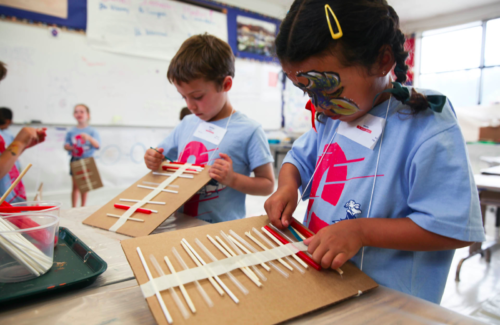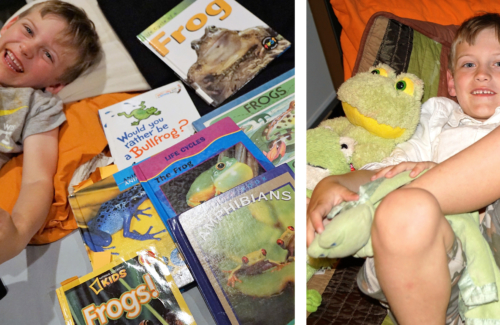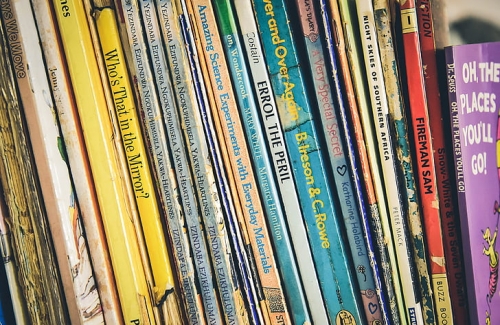Local Change-Global Impact | Independent Projects for Kids

Rohit and Sidharth Srinivasan, two brothers, were Texas middle school students when they began spending summers volunteering at orphanages in India. While there, they would engage the orphans with their favorite STEM activities – teaching science, technology, engineering and math. Concerned with the lack of access to useable supplies and STEM materials in India, the brothers understood that these kids would not be adequately prepared to contribute to the future without access to 21st-century technologies?
By the time they had reached college, the Srinivasan brothers turned that concern into a real innovative solution. They had won prestigious innovation awards, ran a successful crowd-funding campaign and found like-minded partners. The result is Trashbots, science and engineering kits with an artistic twist.
The company’s robot kits that include software and hardware, and a user-friendly curriculum that promote critical thinking and problem-solving. The kits electronic components can be combined with trash and other found materials, thus embracing a “reduce, reuse and recycle” philosophy.
In 1st world countries where most kids have easy access to technology and information, there is an opportunity to have them connect their privilege and resources to how other kids live around the world. Access to media is an opportunity to promote empathy and build compassion by teaching kids to see how others live, what they experience, and the world events and the challenges they face that are different from their own. Conversations and guidance from parents and teachers can put world events into perspective and help kids to find independent projects that allow them to learn how they can understand global issues and make an impact close to home.
Technology Enables G-local-ization
Thanks to modern technology, young innovators are more globally connected than ever. Kids are moved by compelling stories all the time, and able to connect and relate to other kids across the globe. And whether the kid who needs help is a classmate or one in another continent – global connectivity has heralded an era of g-local-ization, addressing and solving issues of global significance by acting in our local environment.
Ways to Get Involved
Kids develop empathy from a young age, particularly when they have positive and compassionate role models to learn from. Whether their goal is to help their own family, the larger community, or strangers far away, empathy and compassion can be powerful motivating forces that create change and “move mountains.” Here are some examples of independent learning projects undertaken by kids with the goal of helping others.
Lemonade Stands
Selling lemonade, cookies, or handmade trinkets in their own neighborhoods is many kids’ first entrepreneurial endeavor. Lemonade stands are learning experiences that teach kids about business and finance skills, goal-setting, and teamwork. They also practice cooking or crafting skills, test creative marketing ideas. Kids working towards a cause may choose to donate their lemonade proceeds to a charity or non-profit organization.
Fundraising
Whether creating a GoFundMe page or producing a PSA video, caring kids can make an impact by simply appealing to others on behalf of a worthy cause. This is where compassionate storytellers can use their skills to tell a compelling story in a way that touches the hearts of others. By using drawings, photos, and music, creative fundraisers can increase their impact by generating empathy in prospective donors through the use of digital media.
Volunteer Action
Kids motivated by environmental and social issues in their communities can take physical action that brings about change. Inspired by the plight of animals, kids are rolling up their sleeves to better their environment, change industrial practices, and alter human habits. Kids can create projects motivated by the needs of their fellow human beings. Consider collecting food, clothing, and hygiene items for people experiencing homelessness; organizing a neighborhood clean-up or tree planting; or donating time or chore money to a habitat restoration effort.
Creating an Innovation Project
It’s no surprise that the Trashbots project increases the innovation potential for kids all over the world. Like the Srinivasan brothers and their inexpensive robotics kits for kids in underdeveloped countries, many kids have unique ideas that will benefit other kids. With encouragement and support for their creative ideas, young change-makers are taking risks to implement programs that make a difference. Internet connectivity provides a wide range of supports, including platforms to collaborate, market, advertise, fund, and expand their independent projects.
Supporting Young Innovators
Every kid has the potential to become an innovator who envisions and creates a better world. With a little support and encouragement, kids with a passion for helping others can catalyze far-reaching action.
Unprecedented connectivity gives kids the opportunity to better understand the struggles of others and a worldwide platform with which to execute their innovative ideas. They can appeal to a wider audience and impact lives far away. The confidence gained by impacting change, even on a small scale, will be invaluable as young innovators grow, sharing their talents and passions with the world.
—
Ready for more? Check out the creativity-sparking, grit-building projects and classes at Camp Galileo Anywhere.

 Changing the World One Frog at a Time
Changing the World One Frog at a Time 
 Books That Encourage Kids to Be Visionary
Books That Encourage Kids to Be Visionary 